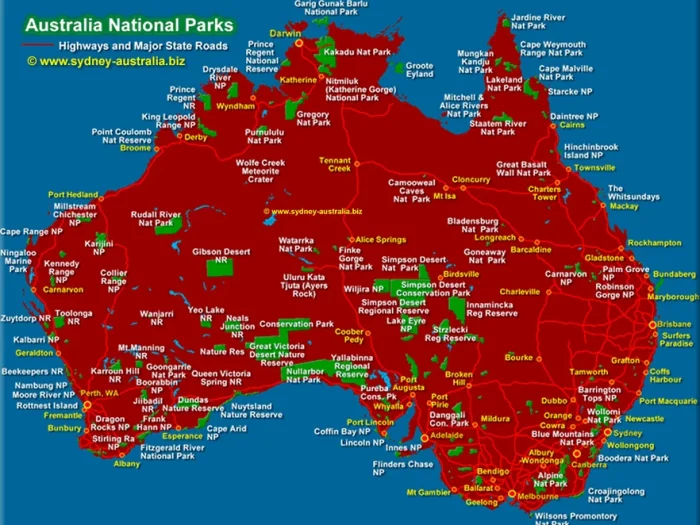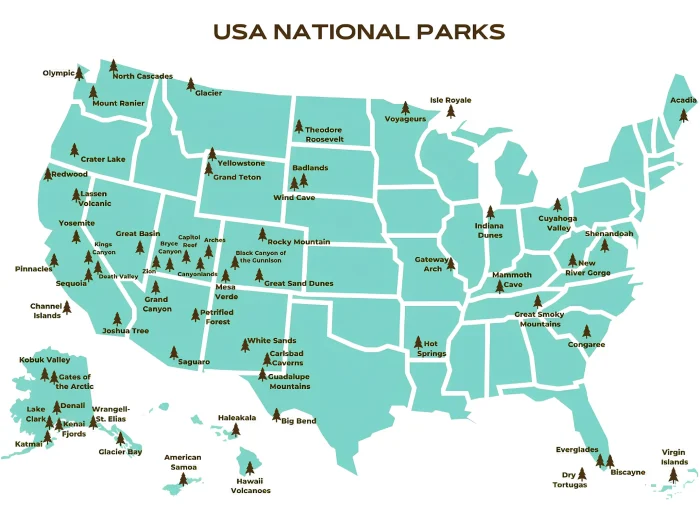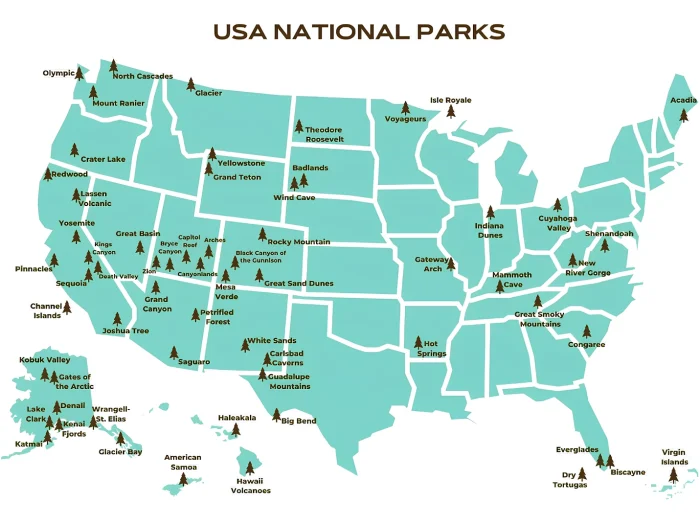Denali National Park History
Denali National Park and Preserve, located in the heart of Alaska, is a testament to America’s commitment to preserving its natural heritage. Spanning over six million acres, the park encompasses diverse ecosystems, from taiga forests to alpine tundra, and is home to North America’s tallest peak, Denali, which rises to 20,310 feet.

Origins and Establishment
The inception of Denali National Park can be traced back to the early 20th century when conservationist Charles Alexander Sheldon recognized the need to protect the region’s unique wildlife, particularly the Dall sheep. In 1906, Sheldon proposed the idea of establishing a national park in the Denali region. After years of advocacy, his efforts culminated in the creation of Mount McKinley National Park on February 26, 1917, signed into law by President Woodrow Wilson. This marked the first national park established after the formation of the National Park Service in 1916 .
Denali National Park History
| Year | Event |
|---|---|
| 1906 | Charles Alexander Sheldon proposes protecting the Denali region to conserve wildlife, especially Dall sheep. |
| February 26, 1917 | Mount McKinley National Park is established by President Woodrow Wilson. |
| 1980 | The Alaska National Interest Lands Conservation Act greatly expands the park and renames it Denali National Park and Preserve. |
| 2015 | The U.S. Department of the Interior officially restores the mountain’s name to Denali, honoring Indigenous heritage. |
| 2025 | President Donald Trump signs an executive order to revert Denali’s name back to Mount McKinley, sparking controversy. |
Expansion and Renaming
Over the decades, the park underwent several expansions to protect its vast wilderness. In 1980, the Alaska National Interest Lands Conservation Act significantly enlarged the park’s boundaries, incorporating additional lands and renaming it Denali National Park and Preserve. This act not only expanded the park but also designated it as an International Biosphere Reserve, highlighting its global ecological significance .
Cultural Significance and Name Controversy
The name “Denali” holds deep cultural importance for the Koyukon Athabaskan people, translating to “The High One.” Despite this, the mountain was officially named Mount McKinley in 1896 by a prospector supporting then-presidential candidate William McKinley. In 2015, acknowledging the mountain’s indigenous heritage, the U.S. Department of the Interior officially restored its name to Denali. However, in January 2025, President Donald Trump issued an executive order to revert the name back to Mount McKinley, sparking controversy and resistance, particularly among Indigenous communities and Alaskan residents .
Preservation and Access
Denali National Park and Preserve remains a symbol of wilderness preservation. To minimize human impact, private vehicle access is restricted beyond mile 15 of the park road, with shuttle buses providing transportation deeper into the park. This approach ensures the protection of the park’s ecosystems while allowing visitors to experience its unparalleled beauty.
From its inception driven by conservationist ideals to its current status as a cherished natural reserve, Denali National Park and Preserve embodies the enduring value of protecting our planet’s wild places.
Now you can answer the question: “When was Denali National Park established?” Denali National Park was established on February 26, 1917.




